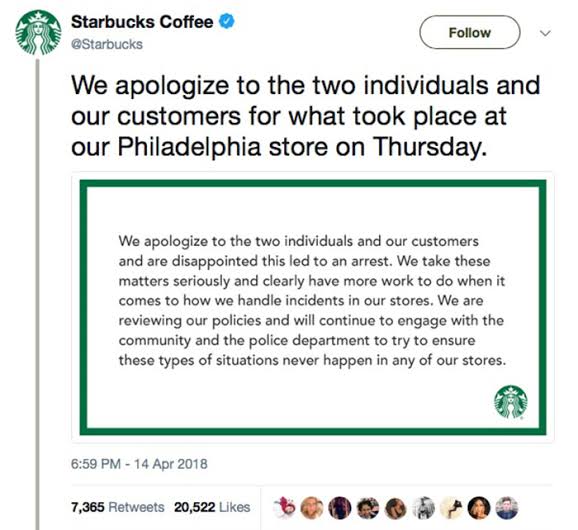
A strong crisis management strategy is essential for safeguarding brand reputation and handling customer complaints effectively. Learn how to use customer feedback to improve crisis response, turn negative reviews into opportunities, and build trust. Discover the best practices for crisis management strategy and real-world examples of brands that successfully navigated challenges.
Table of Contents:
- Introduction: Why a Crisis Management Strategy Matters
- The Role of Customer Feedback in Crisis Management Strategy
- Turning Negative Customer Reviews into Opportunities
- Best Practices for an Effective Crisis Management Strategy
- Real-World Case Studies: Successful Crisis Management Strategy Examples
- Conclusion: Strengthen Your Brand with A Proactive Crisis Management Strategy
Introduction: Why A Crisis Management Strategy Matters

Every brand faces challenges—negative reviews, PR crises, or dissatisfied customers. What separates thriving businesses from struggling ones is a well-planned crisis management strategy. Without one, a single negative review can go viral, damaging brand reputation instantly.
By focusing on the importance of customer feedback in crisis management, businesses can prevent small issues from turning into PR disasters. This blog explores how companies can handle customer complaints effectively, learn from reviews, and implement the best practices for crisis management strategy.
The Role Of Customer Feedback In Crisis Management Strategy
Customer feedback is more than opinions—it’s a roadmap for business improvement. Companies that listen to their customers and respond strategically can enhance their brand reputation even in tough situations.
How to Handle Customer Complaints Effectively
- Acknowledge the Issue – Customers appreciate transparency; addressing complaints early shows responsibility.
- Offer Quick Resolutions – A timely and appropriate response prevents further backlash.
- Use Feedback for Growth – Brands that apply insights from customer feedback can prevent similar issues in the future.
A strong crisis management strategy must include a proactive approach to monitoring and responding to customer feedback.
Turning Negative Customer Reviews Into Opportunities
Every negative review is an opportunity to rebuild trust. The way a company responds can make or break its brand reputation.
Learning from Negative Customer Reviews
- Monitor Feedback Regularly – Businesses must keep track of online reviews to detect issues early.
- Respond with Empathy – A simple acknowledgment and corrective action can prevent further dissatisfaction.
- Implement Changes – Demonstrating improvements based on customer feedback strengthens trust.
By actively learning from negative customer reviews, companies not only resolve conflicts but also enhance their products and services.
Best Practices For An Effective Crisis Management Strategy
To stay ahead of potential crises, businesses must adopt a structured and proactive approach.
Best Practices for Crisis Management Strategy
✅ Develop a Crisis Response Plan – Prepare clear guidelines on how to handle PR issues and customer complaints effectively.
✅ Train Teams for Crisis Handling – Employees should be equipped to manage online and offline customer interactions professionally.
✅ Use Data to Predict Issues – Analysing trends in customer feedback can help identify potential problems before they escalate.
✅ Leverage Social Media for Crisis Response – Addressing complaints on public platforms can enhance credibility.
✅ Stay Transparent and Authentic – Owning up to mistakes and outlining corrective steps builds brand reputation.
By implementing the best practices for crisis management strategy, businesses can navigate challenges efficiently and turn potential PR nightmares into trust-building moments.
Real-World Case Studies: Successful Crisis Management Strategy Examples
Some brands have successfully implemented a crisis management strategy to turn negative situations into positive outcomes.
Example 1: Starbucks & Customer Apology Strategy

When Starbucks faced backlash due to a racial discrimination incident in one of its stores, it immediately took action. The company publicly apologised, closed its stores for training, and implemented diversity policies. This response reinforced its brand reputation and restored customer trust.
Example 2: Domino’s Pizza & Customer Feedback Transformation

After receiving harsh criticism for poor pizza quality, Domino’s openly addressed customer concerns. It revamped its recipes and launched a campaign showcasing its improvements. By learning from negative customer reviews, the company not only regained trust but also boosted sales.
These cases highlight the importance of customer feedback in crisis management and how brands can rebuild their image with the right approach.
Conclusion: Strengthen Your Brand with A Proactive Crisis Management Strategy
A well-executed crisis management strategy is crucial for every brand in today’s digital landscape. By actively handling customer complaints effectively, listening to customer feedback, and using negative reviews as learning experiences, businesses can protect and enhance their brand reputation.
Want to build a strong crisis response plan? Start by integrating these best practices for crisis management strategy into your business. If you need expert guidance, contact our team for a tailored crisis management solution!





